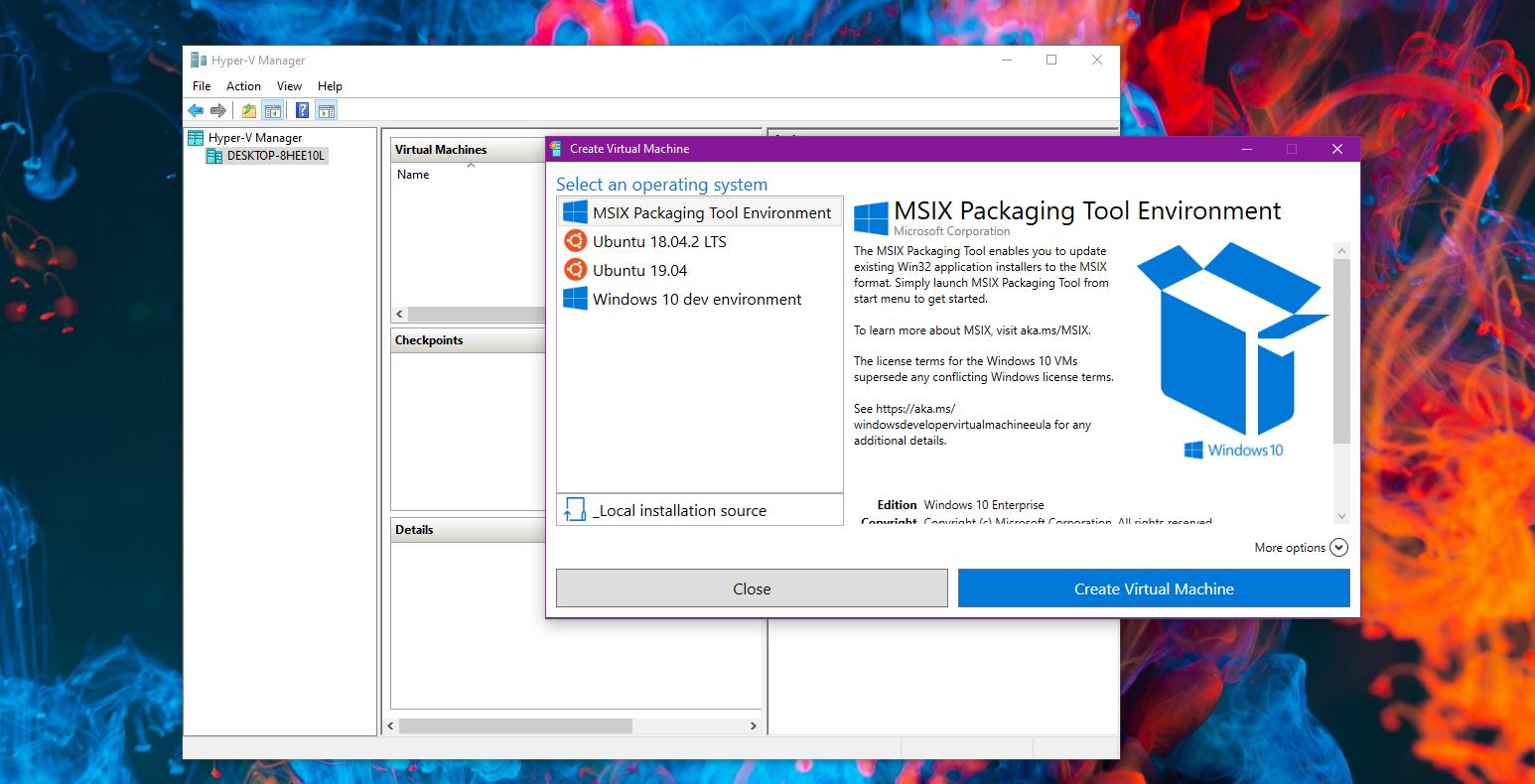
I have some applications which only work on XP and some applications which only work in Vista.There are a couple of reasons I did this: I now use “thin clients” to connect to these virtual machines so everything is now centralised. These were previously installed on full-blown desktops which I had dotted around the house. I’m also running a few virtual installations of Windows XP & Vista.When I’m happy that everything is working properly I simply replace the “live” instance with my new instance. I can test them on here without doing damage to the “live” instance. I use this clone when I want to install new packages. I’m also running a clone of this media server. Previously the media server was running on the core machine. I’m using this as my main media server now. On top of this core installation I’m running a virtual instance of Ubuntu Server.I now rarely touch this core installation except for applying the occasional patch. So, it’s a headless system with very little in the way of extra packages installed on it.


So, let me give you a quick overview of my setup so you can decide whether you want to do the same or not. It is either a must have or is something you can’t for the life of you think you’d ever want to implement in your own environment. Now, here I am sitting here with my own server which is running more than half a dozen virtual machines on it simultaneously and I honestly can’t believe I managed without it!Īnd I guess that just about sums up virtualisation. However, I kept coming across it more and more. Geeks at home sitting in their bedrooms pretending they were running large data centres!Īs a result I dismissed the technology as being of little use to me. Large corporations running huge data centres and 2.

When I first started reading up about virtualisation (or virtualization as some people prefer to spell it) I quickly concluded that there were two types of users of virtualisation technology: 1. With KVM the operating systems can all be running at the same time and you can access them all and use them all just like they were physically separate computers.

It is not the same as a “dual boot” setup where you choose which operating system you want to run. KVM (Kernel-based Virtual Machine) is a virtualisation technology that allows you to run multiple operating systems, including multiple instances of the same operating system, concurrently on the same physical computer. NOTE: This guide has been tested on Lucid Lynx 10.04 & Karmic Koala 9.10 although it may work equally well on earlier or later version of Ubuntu. How to install and configure KVM on Ubuntu Server


 0 kommentar(er)
0 kommentar(er)
